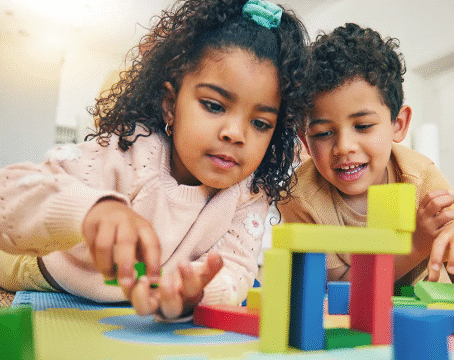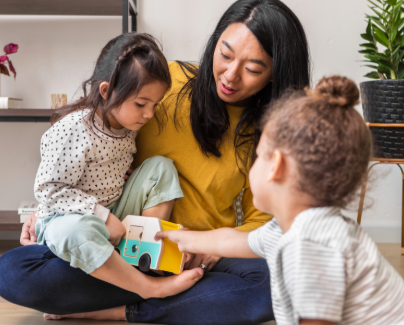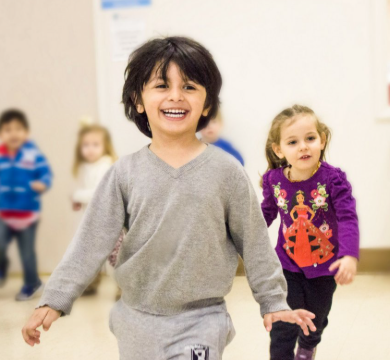Behavior Intervention Plans (BIPs) are valuable tools that help create positive learning environments by addressing and supporting students with behavioral challenges. When implemented effectively, BIPs promote student success and improve classroom dynamics. Here’s how educators and caregivers can use these plans successfully.
1. Understand the Purpose of a BIP
A Behavior Intervention Plan is designed to identify specific behavioral issues, understand why the behavior occurs, and provide strategies to teach appropriate behaviors. It is rooted in data collected from a Functional Behavior Assessment (FBA), ensuring the plan is tailored to the student’s unique needs.
2. Collaborate with the Support Team
Effective BIPs require collaboration among teachers, school counselors, parents, and specialists. Everyone involved should contribute to the development and consistent implementation of the plan. Regular communication ensures the plan stays relevant and effective.
3. Focus on Positive Reinforcement
One of the most effective strategies in a BIP is positive reinforcement. Recognizing and rewarding appropriate behavior encourages students to repeat those behaviors. This can be as simple as verbal praise, a sticker, or extra playtime.
4. Be Consistent
Consistency is key in implementing a BIP. All staff interacting with the student should follow the same strategies and interventions. This helps the student understand expectations and increases the plan’s effectiveness.
5. Monitor and Adjust the Plan
Behavior Intervention Plans are not static. It’s important to regularly review the student’s progress and adjust strategies as needed. Data collection tools, such as behavior charts or logs, can help track improvement and identify patterns.
6. Teach Replacement Behaviors
Instead of only focusing on stopping negative behaviors, BIPs should include strategies to teach positive alternatives. For example, teaching a student to ask for a break instead of leaving the classroom without permission helps them meet their needs in an appropriate way.
7. Provide Training and Support
Educators and staff may need training to implement a BIP effectively. Understanding behavior strategies and how to apply them can increase confidence and consistency across the team.
Conclusion
Behavior Intervention Plans, when used thoughtfully and collaboratively, can be powerful tools to support student growth and improve classroom experiences. By focusing on understanding behavior, reinforcing positive actions, and maintaining open communication, schools can create an inclusive and supportive environment for all learners.






